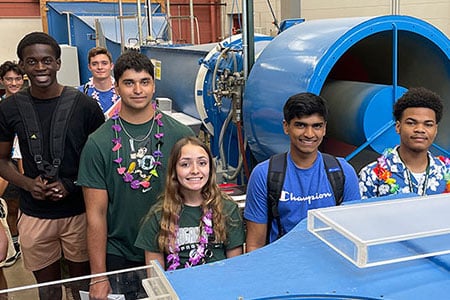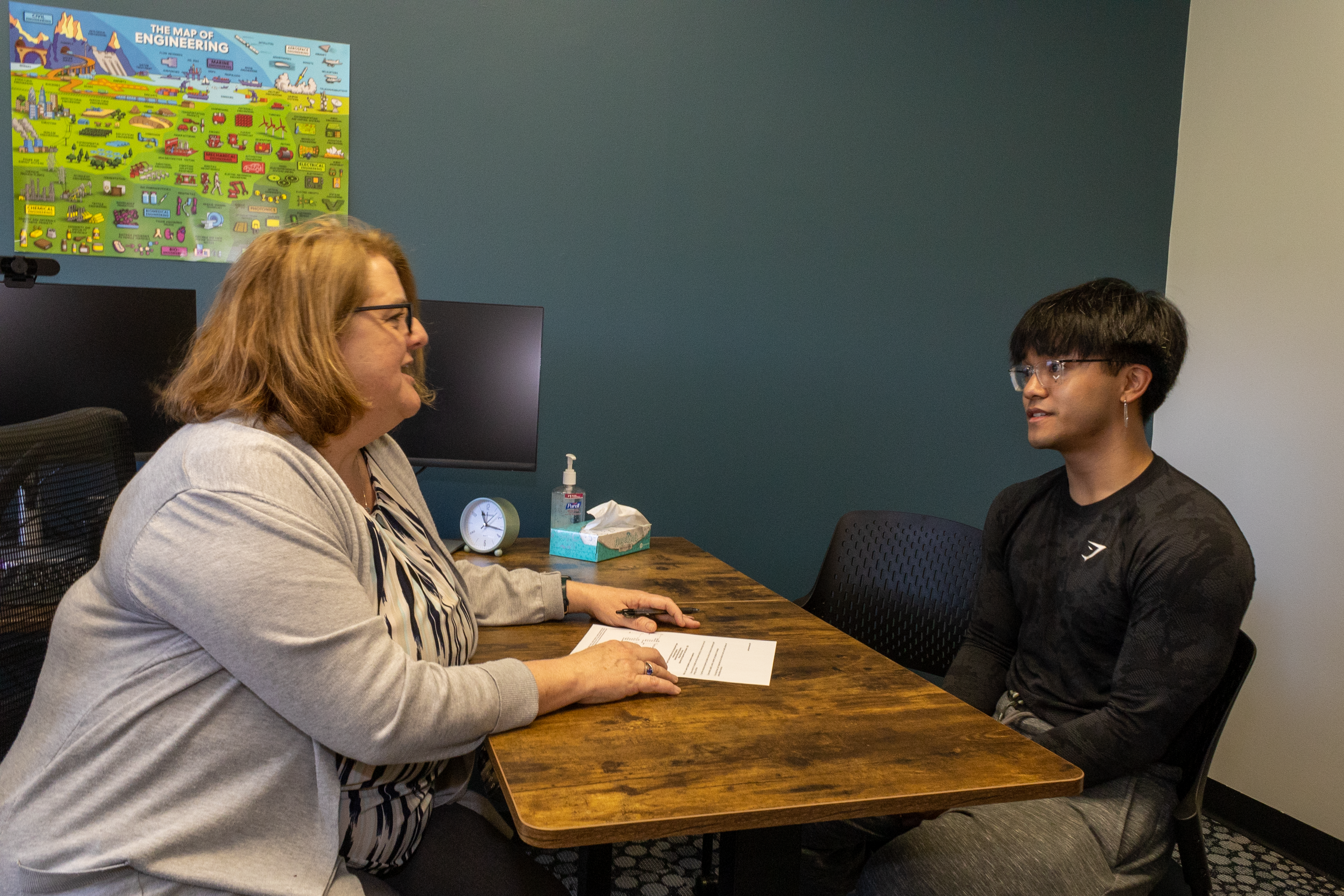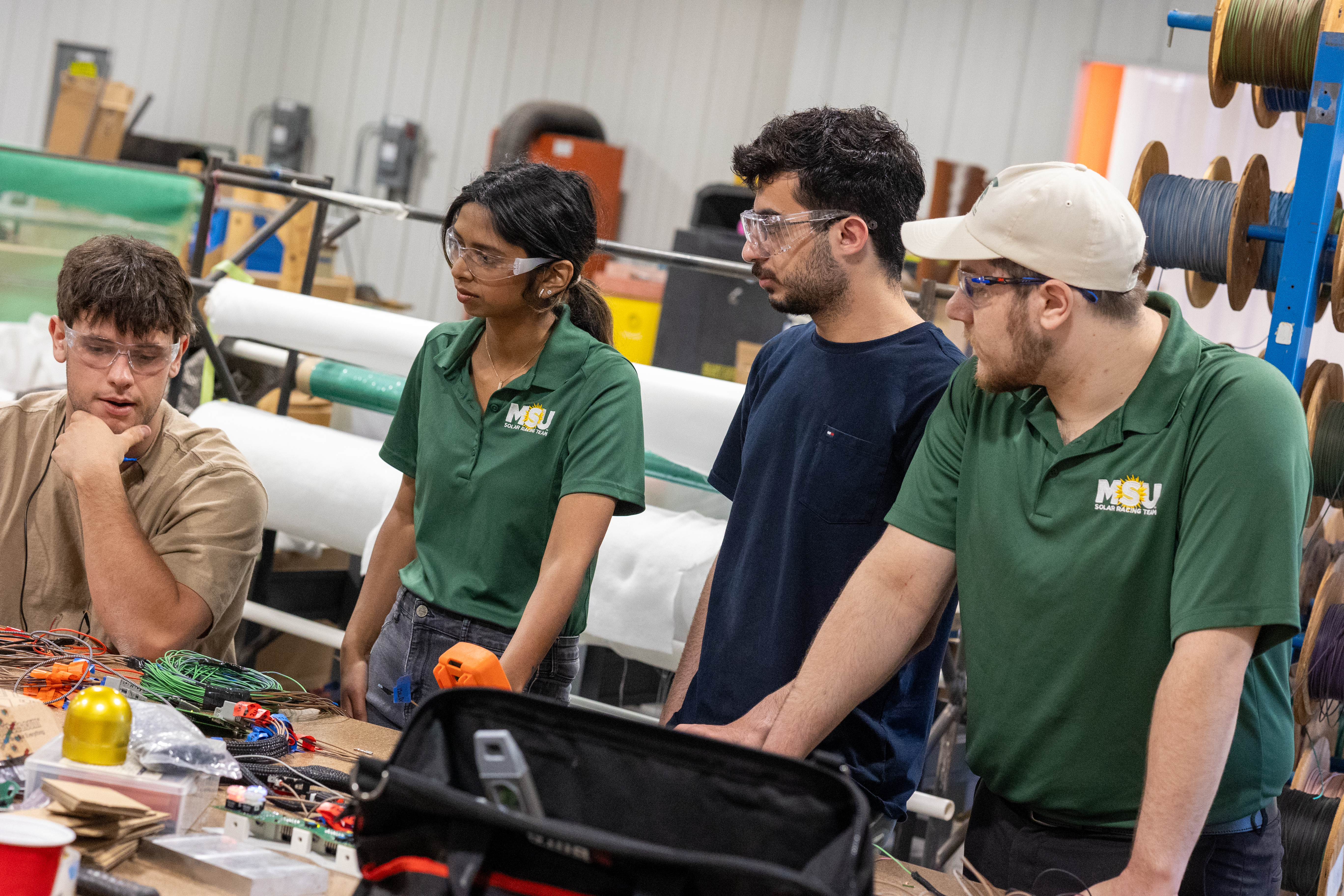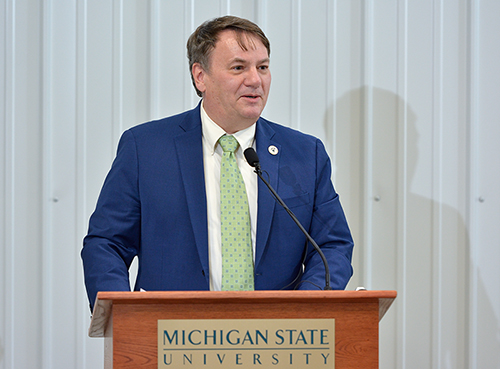Article written by David Schwartz and courtesy of Tech Transfer Central. A detailed article on the Midwest Regional Network and its industry engagement activity targeting the semiconductor industry appears in the September issue of University-Industry Engagement Advisor.
It was just this spring that Intel announced it was going to invest $20 billion in plants near Columbus, OH, to draw on local student talent from major universities and community colleges. But as UIEA reported then, it was just the start of wider engagement throughout the region. (See “Student talent draws Intel to Ohio as it plans $20 billion ‘fab’ plants,” April UIEA.) “Beyond OSU they’ll be looking at other higher education institutions — particularly ones with a large number of graduates in STEM fields,” predicted Grace Wang, PhD, executive vice president for research innovation and knowledge at The Ohio State University.
Well, it didn’t take long for that prediction to materialize and for those other institutions to “catch the fever.” Already 11 of them in Ohio, Indiana, and Michigan have signed up to join in the launch the Midwest Regional Network to Address National Needs in Semiconductor and Microelectronics, which they note was in response to the Intel announcement. The network currently includes Wright State, Columbus State Community College, Lorain County Community College, Michigan State University, Ohio State University, Purdue University, Sinclair Community College, University of Cincinnati, University of Dayton, University of Michigan, and the University of Notre Dame.
“Wright State already has some existing efforts in these industries, and joining this network was very natural for us,” says Subhashini Ganapathy, PhD, professor and chair of the Department of Biomedical, Industrial and Human Factors Engineering at Wright State. “We can grow some of our capabilities and help our students prepare for new career opportunities, and we can also look to build future areas of research — like quantum computing and cybersecurity.”
“We are at a point in time where we as a nation have the ability to change the path that we’re on in terms of technology — and getting it out to people,” adds Leo Kempel, dean of the College of Engineering at Michigan State University. “It became apparent how important chips were for the economy at large during the pandemic; whole swaths of industry were idled because they couldn’t get access to memory chips, processors, and so forth. The fact that the government put forth the CHIPS Act to regrow capacity for chip production in North America Is transformational.”
Looking specifically at the new network, “the opportunity to partner with our colleagues in the Midwest region — in this particular area — is part of economic development for the region,” says Kempel. “It also creates opportunities to improve outcomes for our students.”
Already, he continues, the microelectronics industry offers “tremendous opportunities” for students, with high industry demand bringing with it the highest salaries for graduating students, typically with multiple offers. “Getting engaged with companies is a key part of the mission the university has in preparing innovators of the future,” says Kempel. “The fact that we’ll be teaming with long-term partners at OSU, the University of Michigan, Purdue, and others across Ohio is because of the Intel announcement.”
Ganapathy notes that network members have been meeting regularly to come up with plans on how to organize. “We now have an MOU signed by the different presidents,” she shares. “Through the network we hope to create more organization of how to work, bring more people into it, and [plan for] any kind of opportunity that comes up — like federal funding.
“We’ve just formed a partnership to work on how to structure what is going to be a collaboration that will create cutting edge research development,” she continues. “We will look at leveraging different members and experiential learning activities to support any national effort to expand semiconductor [production].”
“If you take the longitudinal view, a lot of chip design still occurs in the U.S.,” adds Kempel. “But it is the chip production — silicon, processing methods, packaging, testing methods — each piece and part has to be brought back to the U.S. Within the consortium, different institutions have become experts in [different] pieces and parts. Over the next year we will be determining each piece for each network member; it makes no sense for everyone to work on all the pieces.”
Accordingly, notes Ganapathy, research collaborations will definitely be “one of the keys” in network activity. “As we build, we will also be looking at how to share some of our learnings, as well as curriculum,” she says. “There will be a spectrum on how to train students early in STEM, and how to work with community colleges to create greater interest.”
Click here to continue reading this article with a subscription to University-Industry Engagement Advisor.






